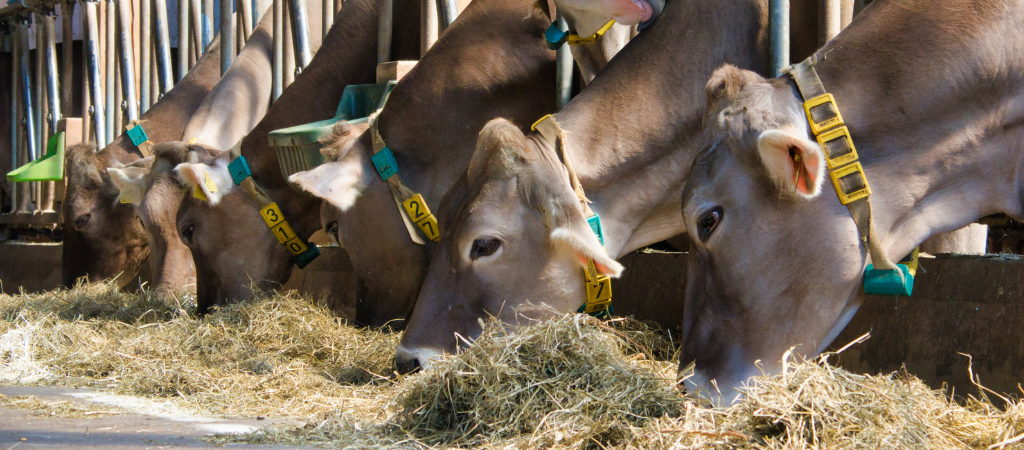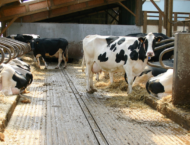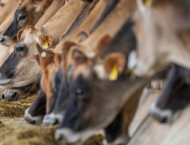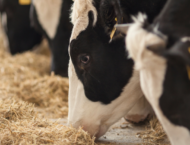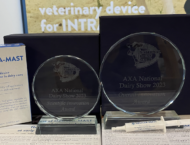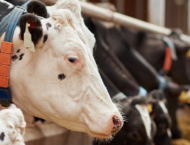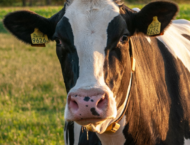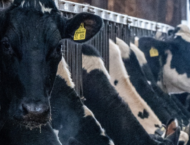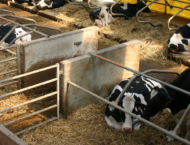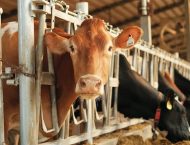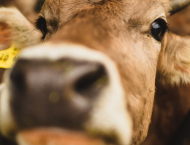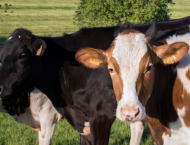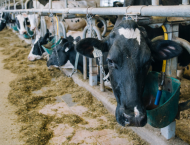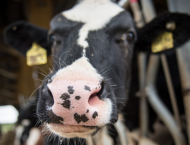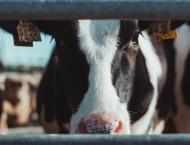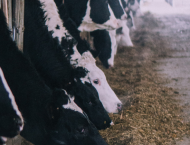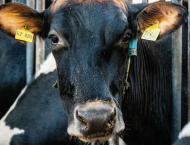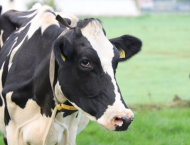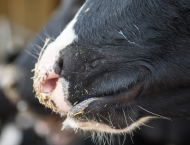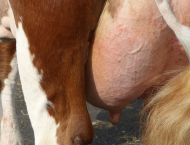The recurrence of mastitis in dairy cows is a risky aspect making the disease hard to control. There are different predisposing factors of recurrence: parity (the risk is greater in older cows), high milk production yields, what pathogens have been involved in preceding cases, and whether the antibiotic therapy has previously been strictly followed.
Recurrence leads to economic loss following effects on dairy cows, herd and farm: reduction of milk yield, increased risk of culling and mortality. In addition, treating affected cows means increased animal health costs.
In a previous article1, we said that recurrence of mastitis can be explained as either persistence of an infection of the mammary gland by a mastitis pathogen or reinfection of the udder (or quarter) after an antibiotic treatment (Grieger, 2014)2.
The development of persistence is largely influenced by the the type of pathogenic agents and virulence properties of the pathogen, but also by the cure odds of individual cows. This means that clinical events may alternate periods without symptoms in the course of persistent infections.
In a study, Wente and colleagues (2020)3 highlighted that 32.6 % of the recurrent clinical mastitis infections showed the same pathogens as in previous infections.
To minimize the occurence of infections that can affect the udder after the cure, efficient management and biosecurity strategies are essential, aiming also at the prevention of new events.
Two key aspects to take into account are the support and protection of the epithelial tissue in the mammary gland.
Besides the function as cellular barrier, there is evidence that epithelial cells are vital in defense responses. In addition to acting as an initial sensor of dangers, their integrity is critical to their immunocompetence and role as physical barrier against harmful molecules and microorganisms (Günther and Seyfert, 2018)4. This means that udder tissue can potentially autonomously manage infections.
There is an aspect that we should consider: the effectiveness of a specific antibiotic relies also on the synergies it creates with the targeted tissue at the cow’s body level. The udder tissue, if damaged, would not be able to properly play its role in this powerful synergy.
How can OZOLEA-MAST be beneficial in the context of recurrent mastitis? OZOLEA designed this tool to combine a new concept for physical udder tissue support and protection with improved herd management practices.
When the relapse shows up with the signs of full-blown mastitis, seeking veterinary advice is the only option to decide what to do. If, on the other hand, signs of relapse are mild, there is room for the application of OZOLEA-MAST. The ideal time to use it is between one recurrent event and the next. The usual procedure for the intra-mammary application will be followed on the sensitive quarter or quarters, but in this case it will be important to check the results properly. In fact, we will compare:
– the onset of relapses before and after application,
– the extension of the time interval between one relapse and the next
– the lowering of the average SCC average in the quarter following the application compared to the previous one.
These indications are reported in Protocol M4 (Udder, lactation: frequent relapses). For further improvements, we can repeat the cycle.
1 Recurrent mastitis in dairy cows: the role of bacterial biofilms.
https://www.ozolea.it/recurrent-mastitis-in-dairy-cows-the-role-of-bacterial-biofilms/
2 Grieger AS, Zoche-Golob V, Paduch JH, Hoedemaker M, Krömker V. Recurrent clinical mastitis in dairy cattle – importance and causes. Tierarztliche Praxis. Ausgabe G, Grosstiere/nutztiere. 2014 ;42(3):156-162. DOI: 10.1055/s-0038-1623218. PMID: 24920089.
3 N. Wente, A.S. Grieger, D. Klocke, J.-H. Paduch, Y. Zhang, S. Leimbach, M. tho Seeth, E.M. Mansion-De Vries, E. Mohr, V. Krömker, 2020. Recurrent mastitis–persistent or new infections? Veterinary Microbiology, Volume 244, 2020, 108682, ISSN 0378-1135 DOI: https://doi.org/10.1016/j.vetmic.2020.108682.
4 Günther J., Seyfert H.-M., 2018. The first line of defence: insights into mechanisms and relevance of phagocytosis in epithelial cells. Seminars in Immunopathology. (2018) 40:555–565 doi: https://doi.org/10.1007/s00281-018-0701-1

